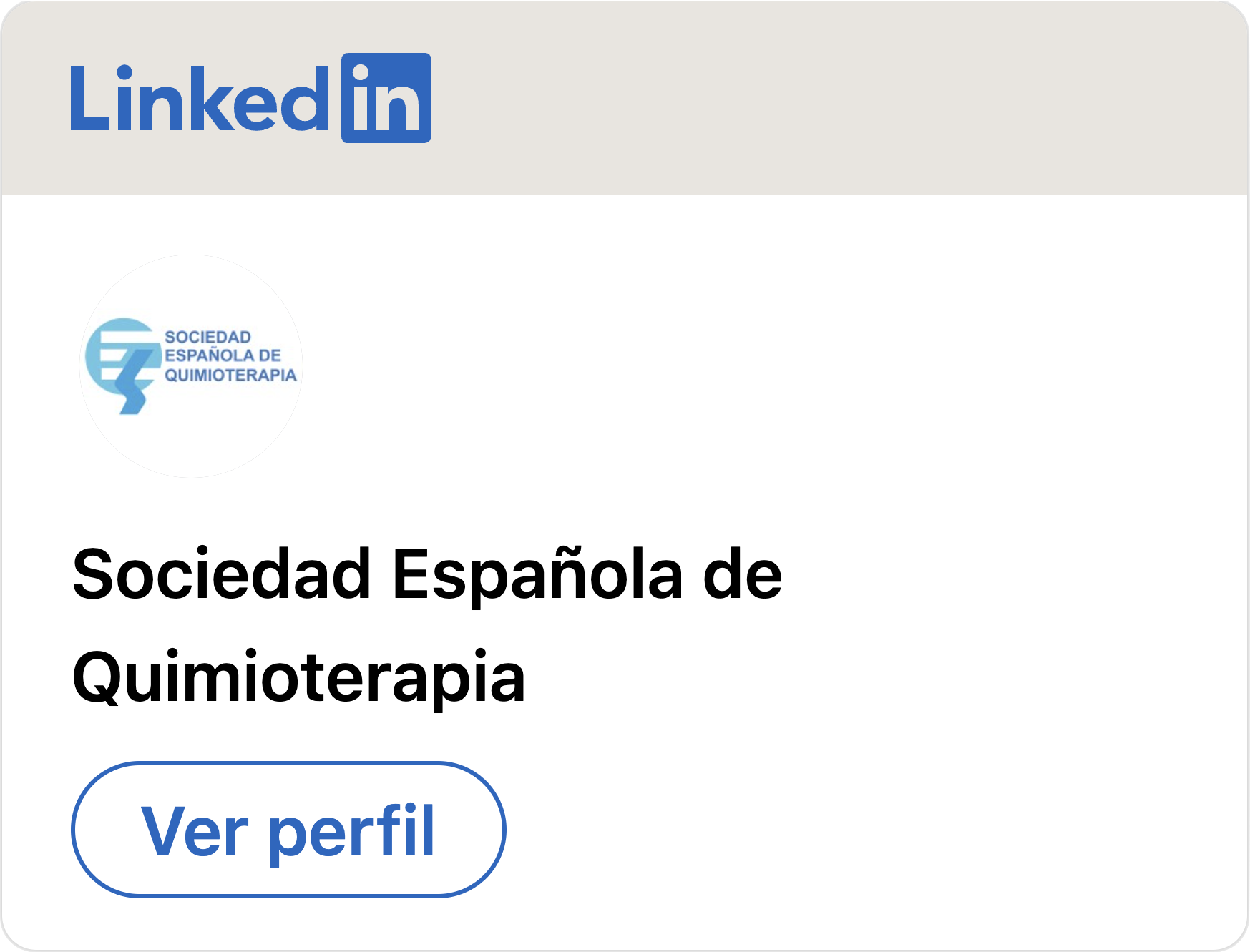Rev Esp Quimioter 2017; 30(1):62-78
Diagnosis and treatment of imported eosinophilia in travellers and immigrants: Recommendations of the Spanish Society of Tropical Medicine and International Health (SEMTSI)
JOAQUÍN SALAS-CORONAS, GERMÁN RAMÍREZ-OLIVENCIA, JOSÉ LUIS PÉREZ-ARELLANO, MONCEF BELHASSEN-GARCÍA, CRISTINA CARRANZA-RODRÍGUEZ, MAGDALENA GARCÍA-RODRÍGUEZ, JUDIT VILLAR-GARCIA, BEGOÑA TREVIÑO-MARURI, NURIA SERRE-DELCOR, ROGELIO LÓPEZ-VÉLEZ, FRANCESCA NORMAN, JOAN GÓMEZ-JUNYENT, MANUEL JESÚS SORIANO-PÉREZ, GERARDO ROJO-MARCOS, ESPERANZA RODRÍGUEZ DE LAS PARRAS, MARÍA DEL MAR LAGO-NÚÑEZ, ANTONIO MURO, JOSÉ MUÑOZ
According to published data, prevalence of imported eosinophilia among travellers and immigrants is set between 8% and 28.5%. Etiological diagnosis is often troublesome, and depending on the depth of the study and on the population analyzed, a parasitic cause is identified in 17% to 75.9% of the individuals. Among the difficulties encountered to compare studies are the heterogeneity of the studied populations, the type of data collection (prospective/retrospective) and different diagnostic protocols. In this document the recommendations of the expert group of the Spanish Society of Tropical Medicine and International Health (SEMTSI) for the diagnosis and treatment of imported eosinophilia are detailed.
Rev Esp Quimioter 2017; 30(1):62-78 [pdf]

